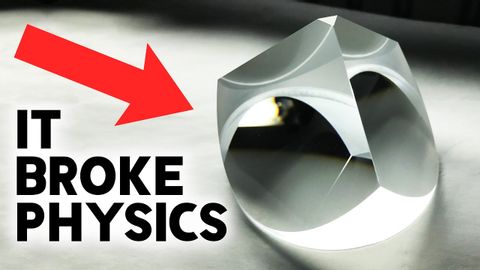私たちの世界を大きく変えた形 (The shape that changed our world forever)
林宜悉 が 2022 年 10 月 30 日 に投稿  この条件に一致する単語はありません
この条件に一致する単語はありませんUS /ˈmʌltəpəl/
・
UK /ˈmʌltɪpl/
- adj.複数の;多様な;多発性の;多重の
- n. (c.)倍数;多数;倍率
- pron.多数
US /ˈbesɪkəli,-kli/
・
UK /ˈbeɪsɪkli/
US /kəmˈpliːtli/
・
UK /kəmˈpli:tli/
エネルギーを使用
すべての単語を解除
発音・解説・フィルター機能を解除
